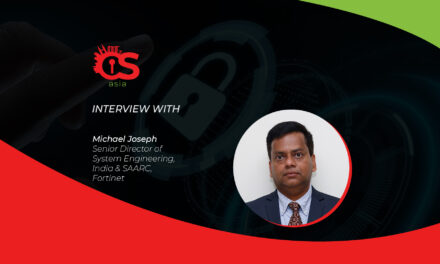Times have changed, but these 10 perennial data protection tips are a good reminder to IT teams on bolster data safeguards
Rich streams of data have enabled organizations to analyze client behavior, identify opportunities, establish baselines, set performance goals, gather business intelligence and so much more.
While this data-driven culture fosters continuous improvements, lack of strategic alignment around data protection can result in the loss of this asset’s value — and it can happen quickly. Data exposure can result in reputational damage, legal penalties and other unwanted business outcomes.
Here are some proactive steps to address privacy and data-protection requirements with future-proof strategies, technologies, and other positive measures.
- Locate and identify data: You cannot protect your firm’s information effectively if you do not know that it exists, where it is located, or what data to retain. Find out where all critical systems and data are stored; track who has access to which data and why; how it is being used, if at all, and then develop processes, controls and safeguards to ensure sufficient data protection and regulatory compliance.
- Create clear security policies: When new regulations come into play, organizations commonly try to follow laws by implementing complicated policies as addendums to existing policies. While this approach may accomplish legal objectives, employees often struggle to understand and apply the new policies to their day-to-day tasks. Establish clear, consistent and easy-to-understand security policies that address global security and privacy compliance requirements. Pursue opportunities to simplify your data protection and privacy policies and processes.
- Develop internal connections: Develop strong working relationships with professionals across all departments that need to secure data. In addition to better communication, policy development, and implementation, cross-departmental connections may allow your organization to discover and address non-compliance issues before an external auditor reports them.
- Raise employee awareness: Educate them cybersecurity risks, data protection policies, and data protection best practices. A strong awareness program should include educational content, follow-up messaging, testing, and measurement of employee involvement in such programs. Focus on data protection best practices and engage in cross-team collaboration to create a data security and privacy ecosystem that supports evolving regulations and business growth.
- 5. Implement Data Loss Prevention (DLP) measures: Use DLP to protect Personally Identifiable Information, to adhere to corresponding regulations, to protect intellectual property, to achieve greater data visibility, to secure the distributed workforce, and to secure data on remote cloud systems.
Ahead of adoption, determine the most appropriate DLP deployment architecture or combination of architectures for your organization. Adoption of DLP also allows CISOs to retain the necessary reporting capabilities that enable frequent data security updates to management. - Know your backups, snapshots, replications: All three have a role to play in data protection, but some may find their overlapping yet different functionalities confusing.
- Backups: This enables data restoration of systems to a previous point in time. Data backups create “save points” on production servers. Because data backups can take a while to create, many firms schedule them at night or on weekends. Data backups are critical for compliance purposes.
- Snapshots: This process copies the state of an entire system at a certain point in time, presenting a virtual ‘snapshot’ of a server’s file systems and settings. In contrast with backups, snapshots copy only the settings and metadata required to restore data after a disruption.
- Replication: This refers to copying data to another location and enables all users to work from the same data sets. Data replication results in a consistent, distributed database.
- Fortify your firewalls: Ensure that your firewall solution is configured securely: Disable insecure protocols like Telnet and SNMP, or use a secure SNMP configuration. Schedule regular backups of the configuration and the database. Add a stealth rule in the firewall policy to hide the firewall from network scans. Guides to firewall security are often available from security vendors and third parties, such as the CIS Benchmarks Network Devices or the SANS Firewall Checklist.
- Tighten authentication and authorization: These types of controls assist with the verification of credentials and ensure that user privileges are applied appropriately. Typically, these measures are implemented in conjunction with an Identity and Access Management solution and in tandem with Role-Based Access Controls.
- Implement endpoint protection and response: As part of a layered cybersecurity approach, endpoint protection helps secure desktops, laptops and mobile devices. Essential features of an endpoint solution include: anti-malware, behavioral analytics, the ability to enforce compliance with enterprise security policies, data encryption, sandbox inspection, secure remote access, and URL filtering. Your organization can also consider an extended EDR solution called XPR/XDR, which integrates endpoint security, cloud computing security, email security and other security architectures.
- Delete unneeded data: Under many compliance rules, erasure of unnecessary data is a requirement. In short, data erasure is a critical element of the data lifecycle management process.

















